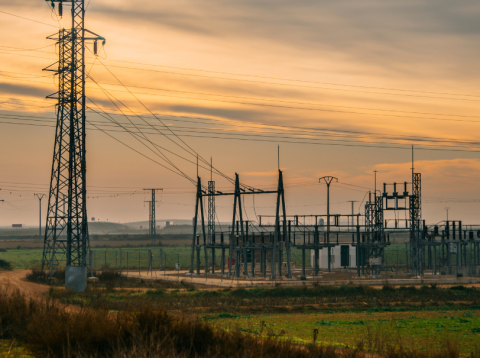
The importance of transformer innovation and transformer supply chains to ensure grid reliability.

DOE's Office of Electricity issued a $4.8 million FOA to solicit applications for innovative distribution system communications technologies to securely communicate electricity data and manage resource deployment at the grid edge.
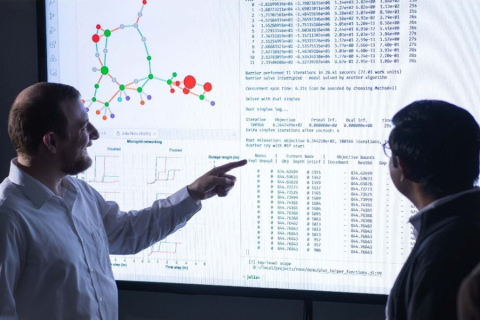
The R&D 100 Awards recognize new commercial products, technologies, and materials for their technological significance available for sale or license.

Current electric utility investments to improve distribution system reliability are often based on analysis of historical performance.
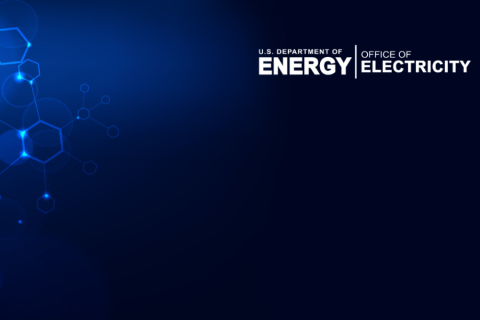
The U.S. Department of Energy’s (DOE) Office of Electricity today announced a $7 million funding opportunity announcement (FOA) to enhance the electric power systems’ reliability and resilience via grid-enhancing data analytics demonstrations for operations, monitoring and control.
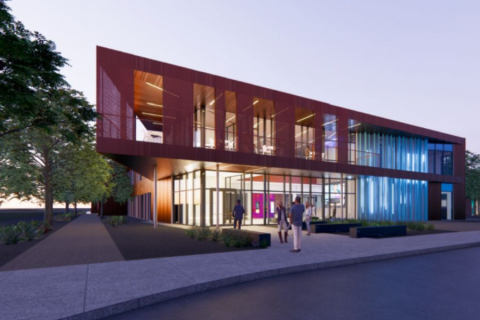
Global leaders and heads of state have been convening in Dubai at COP28 to discuss energy solutions to combat climate change.
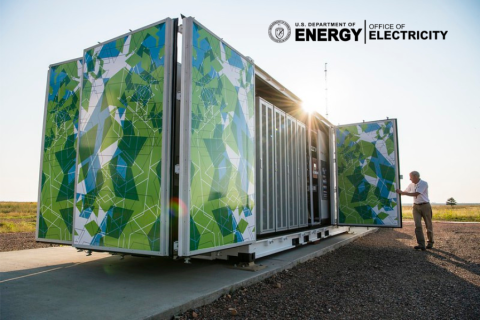
The world’s energy infrastructure faces increased pressure to decarbonize as global temperatures continue to rise.
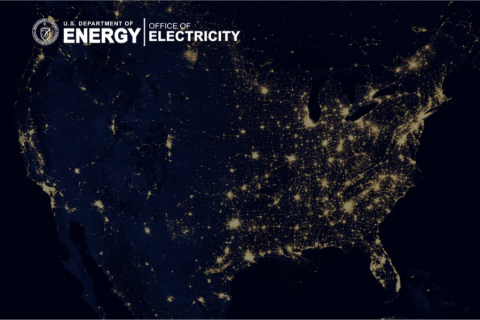
The U.S. Department of Energy (DOE) today announced a notice of intent (NOI) for the Office of Electricity to issue a $4.8 million funding opportunity announcement (FOA).
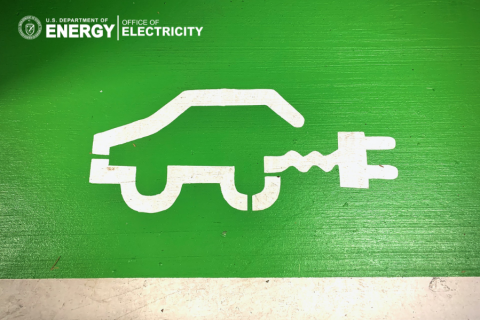
Our nation is transitioning to a decarbonized, electrified energy future.
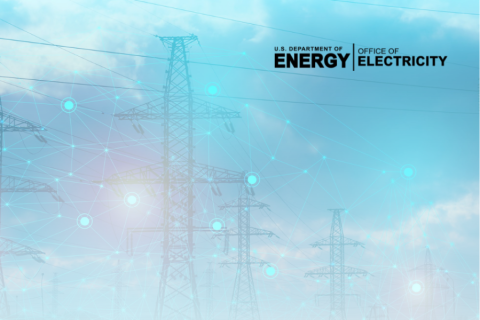
A future-ready grid requires infrastructure built with the latest technologies, including everything from complex devices compatible with digital technology to fundamental capabilities.

